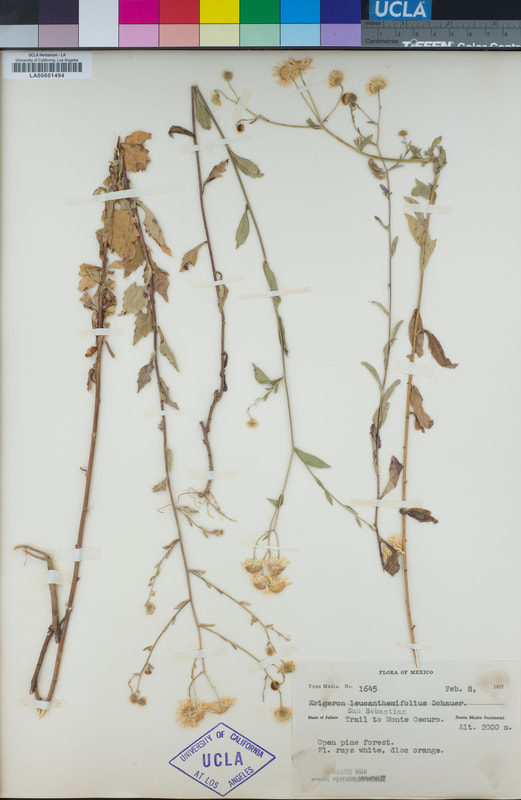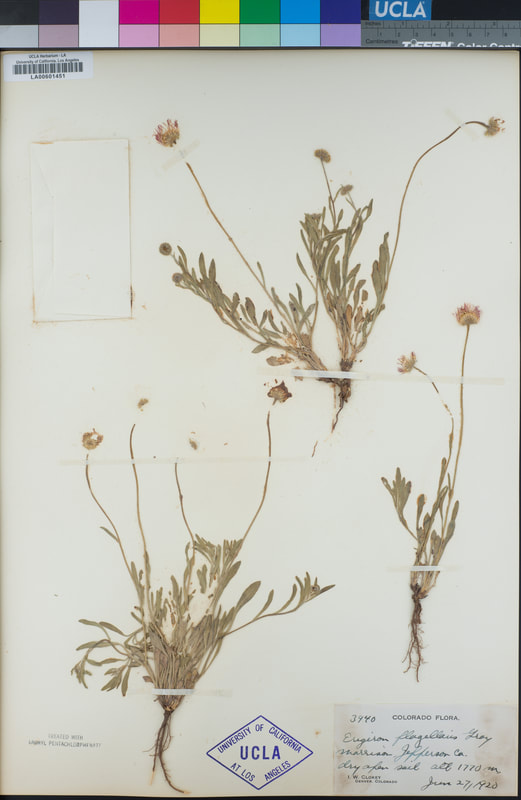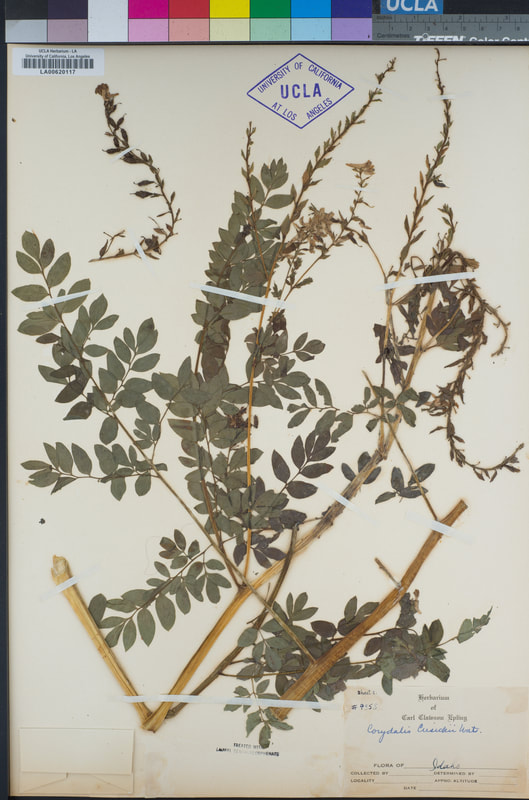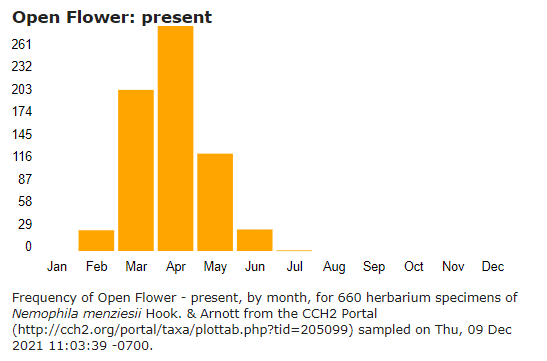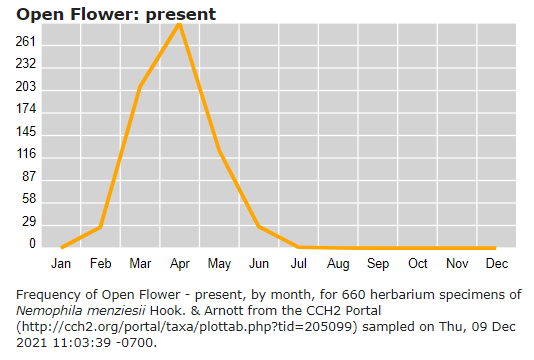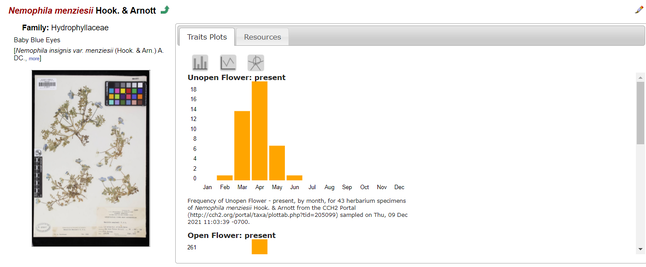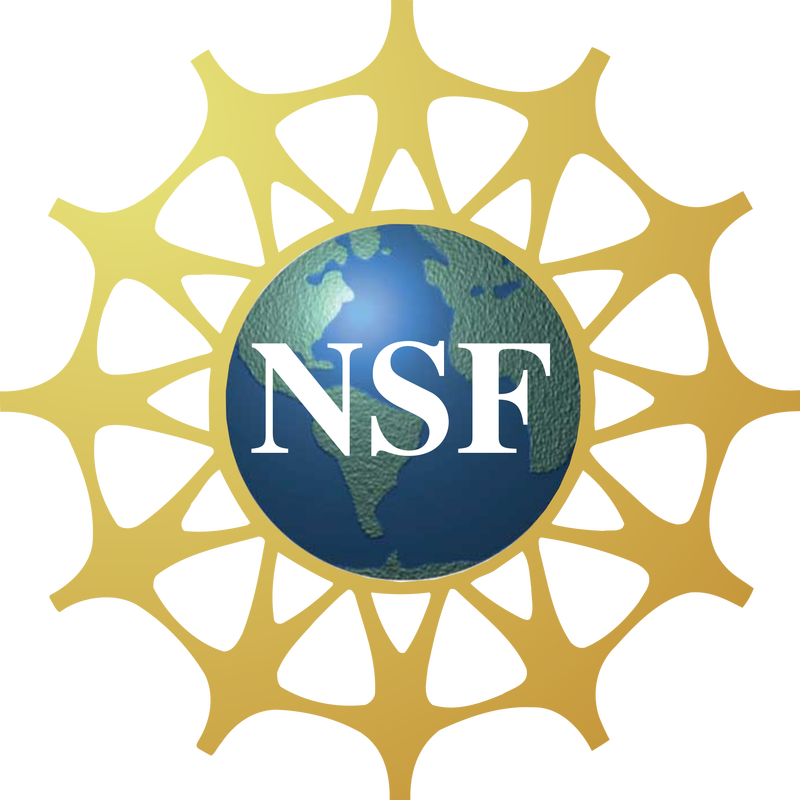Each completed Notes from Nature expedition or transcription project uncovers historical treasures in the annals of botanical exploration. Each specimen has a story to tell, and every collector could be the subject of their own tome, much less a blog post. Here we highlight a few of our favorite people and plants from the most recent expedition of specimens from the UCLA herbarium.
| Ynes Mexia Though her botanical career did not start until she was 55, Mexia was a prolific and highly influential botanist of the West Coast and beyond--one of the few women in the male-dominated scientific world in the early 1900s. The specimen to the right was collected by Mexia on one of her early trips to Mexico. Mexia earned funding for and struck out on many expeditions across the Americas. A more comprehensive description of Mexia's spectacular endeavors can be found in the blog post linked below from the National Parks Service. |
| Ira Waddell Clokey Like many historic collectors, Ira Clokey's day job was not in botany. Clokey was a mining engineer from Decatur, Illinois who studied at University of Illinois and Harvard. Clokey collected in Mexico, Nevada, California, Colorado, and elsewhere. His specimens in the latest Notes from Nature expedition (under the name "I.W. Clokey") originated from Colorado in the 1920s (like the fleabane shown on the left) and Nevada in the late 1930s. Having lost his personal herbarium collection in a fire in 1912, Clokey persisted in his botanical exploration and collection. He produced a flora of the Charleston Mountains in Nevada and took several trips to the California Channel Islands. Over 40 taxa have been named in his honor, including the rare Clokey's catchfly (Silene clokeyi) and Clokey's fleabane (Erigeron clokeyi). |
| Carl Clawson Epling Lastly, you cannot peruse the collection of the UCLA Herbarium without coming across specimens from Carl Clawson Epling (sometimes C.E. Epling or just "C.E."). Unlike Mexia and Clokey, Epling was a career botanist from the beginning. After a brief stint in the military during World War I, Epling dedicated himself to the study and teaching of botany, working for Oregon State College, the California Department of Agriculture, and Washington University before landing at UC Los Angeles in 1924. From there, he threw himself into systematics and taxonomy, and he remains well-known for his work on the mint family (Lamiaceae). His curiosity led him to study genetics later in his career, but he never lost his interest in botany, and he had thousands of collections to show for it. |
References
